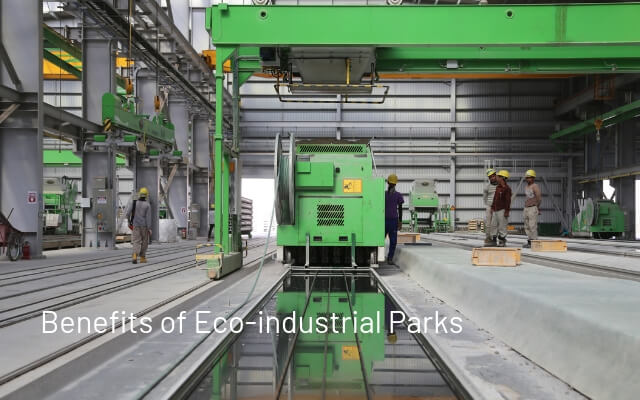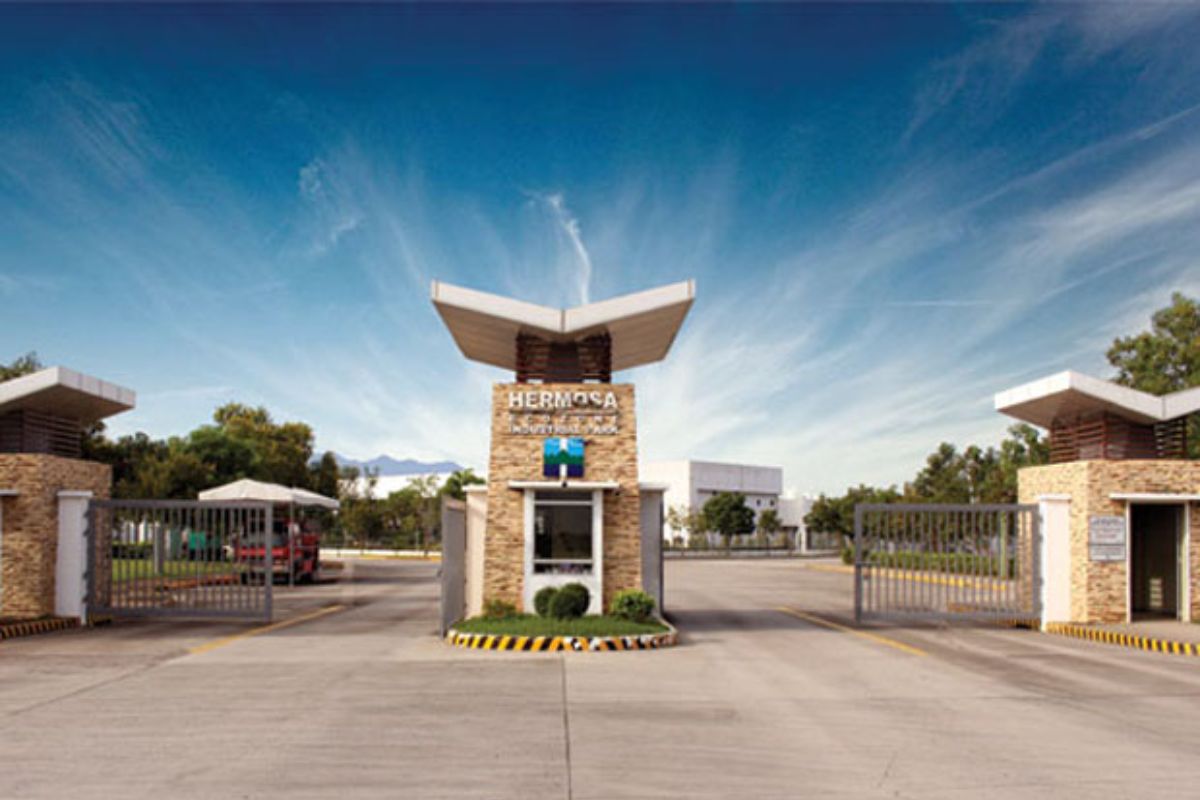Many local projects have been supported by the national government, both financially and with expert advice. Eco-industrial parks (EIPs) are an emerging driver for environmentally and socially sustainable economic growth. The number of parks globally has grown from 50 in 2000 to around 250 today.
EIPs are designed and built according to the ideas of the circular economy and industrial symbiosis, they promote collaboration between resident firms in managing environmental and resource issues, including energy, water, and materials. In some countries, the creation of eco-industrial parks has been adopted as an official national policy. The policy is targeted at both infrastructure projects and at achieving symbiosis and utility sharing. Yet only a limited number of local projects are actually designed to bring about symbiosis and utility sharing.
Designing eco-industrial parks is one of the concrete applications of industrial ecology. As several theorists argue, the development of eco-industrial parks, when successful, can lead to significant improvements in the collective environmental performance of companies. However, the empirical foundations of eco-industrial parks are still somewhat weak.
International standardization, the framework’s greatest asset, will benefit both the public and the private sectors as it complements existing tools and allows for benchmarking of EIPs regardless of size or location. With clearly set out quantitative and qualitative prerequisites and requirements it can also support the resident industries’ contribution to the sustainable development goals.
The existence of particular location and business-specific features is decisive for whether or not symbiosis and/or utility sharing will be achieved. Diversity in the local industrial structure is not important for utility sharing as companies have similar supply and demand patterns for energy, water and residual substances.
A consolidated EIP assessment framework can also help businesses when deciding whether to operate within an industrial park, as well as providing suggestions on how to invest in clean production technologies and processes. A consolidated EIP could be truly advantageous considering increasing pressure from a variety of stakeholder groups to reduce environmental and social impacts, and move towards more responsible resource consumption.
The economic benefits for operating in an EIP include revenue and profit generation, job creation, and competitiveness as well as access to additional investment resources for locators. Further benefits from operating in an EIP can diversify revenue streams, improve resource and waste management, reduce costs, ensure infrastructure is resilient to higher resource costs and adapts to climate change risks, ensure license to operate, and respond to environmental and social concerns from consumers.
By applying this common international EIP framework, industrialization can be profitable, inclusive and sustainable. Moreover, it facilitates benchmarking of EIPs stimulating competition between parks, economic zones and nations, and this encourages collaboration between the public and private sectors, pushes parks to go beyond compliance and drives continuous improvement.



